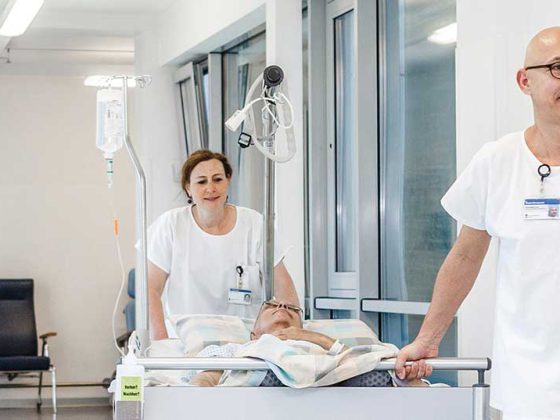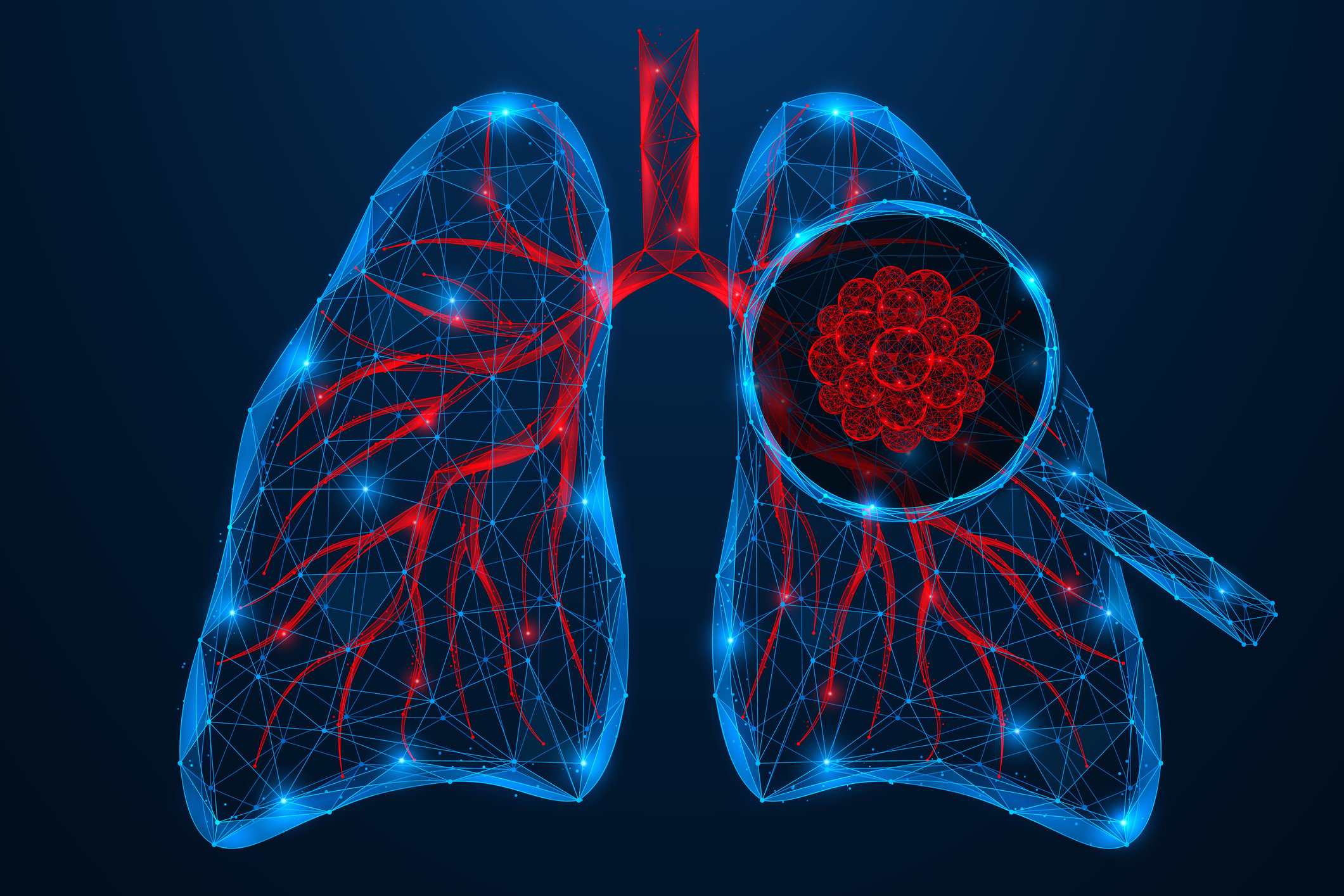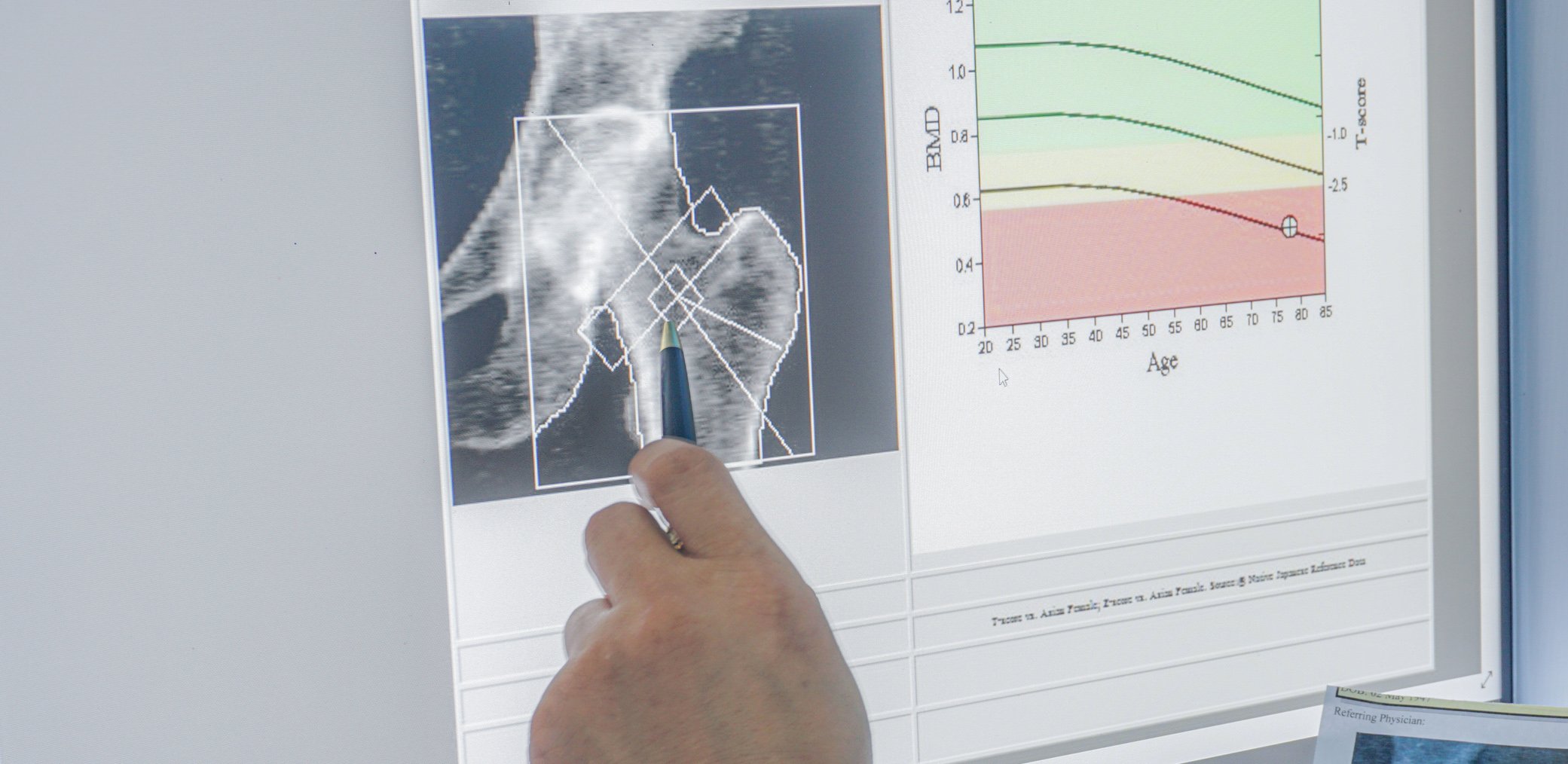Frequent, regular use of analgesics often has the paradoxical effect of inducing chronic headache. Prof. Peter Sandor, MD, gave a presentation on this topic at the SGKN Congress in Basel at the end of September 2016. In the interview, Prof. Sandor explains further, current aspects of medication-induced headache (MOH) and what distinguishes the Zurzach rehabilitation program for chronic headache.
Prof. Sandor, headaches are a common complaint, are headaches more common today? Have you noticed any differences between Zurich, where you used to work, and Baden, where you work today?
Prof. Sandor:
From my personal experience I can say that there are probably no differences, but I cannot prove that scientifically. I also don’t think there are more headaches today; rather, the apparent increase is due to increased awareness. A civilization-related increase in headaches is not observed. Migraine is nevertheless more common in poor countries where people live under existential threat. Chronic migraine is also more common in regions with high altitude, for example in Peru at Lake Titicaca.
When do we speak of “chronic” headache?
Chronic headache is when you have more days with a headache than without. According to the International Headache Society (IHS) definition criteria, chronic headache is present when it occurs more than 15 days per month for a period of more than three months [1].
Are there also subtypes, are they treated specifically?
Yes, chronic only says something about the time course, but nothing about the type of headache. The IHS has defined criteria for the diagnosis of headache (ICHD-3 beta criteria) and distinguishes in particular between primary headache disorders such as migraine and tension-type headache, among others, and secondary headache disorders. This includes medication overuse headache. Both a tension headache and migraine can be chronic, as can cluster headache, which is rare but often very debilitating. Whereas in cluster headache a different definition for the criterion “chronic” applies.
The decisive factor for therapy is always the type of headache – not whether a headache is episodic or chronic. The medications or measures are different for tension headache and migraine, for example.
How often do you see patients with Medication Overuse Headache (MOH)?
Every week – MOH patients are coming to us with increasing frequency. We treat about 80 of the most severely affected inpatients per year. In the meantime, our program has established itself as an offer in professional circles [2].
MOH is relatively common in the population at 1-2%, but usually the conditions are not severe enough to require outpatient treatment.
Why does it happen at all, how does a typical chronification process proceed?
The “magic” limit for the MOH is the use of acute pain medications for more than ten days per month. When this frequency of intake is exceeded over a prolonged period of time, there is a modification in the function of the pain processing system that ultimately leads to chronic headaches.
Is this also a question of dosage?
Not really, it’s actually a matter of how often you take it. Ten days of intake per month should not be exceeded under any circumstances.
Which painkillers are common culprits and which should be avoided at all costs? Do opiates play a role?
Opioids and opiates are generally contraindicated for headache. Ultimately, however, all common pain medications, including over-the-counter ones, can lead to MOH.
Are there certain personality traits that predispose to MOH?
There is literature that shows that a certain type is more prone to MOH, but in principle anyone can slip into this addiction. It is quite important in our society to “function”, to “participate” in work life and in private life. People use everything attainable for them to be able to act without pain. MOH patients are not addicts in the strict sense. They actually act in a very solution-oriented way when dealing with their suffering. They want to be able to work, fulfill their duties in their private lives and families. The frequent use of acutely effective painkillers is definitely a vicious circle with significant consequences. It is an overuse, but not an addiction.
At RehaClinic in Bad Zurzach, they offer a specific rehabilitation program for headache patients, the “Zurzach Headache Program” ZKP. Which elements are the most important?
The program includes acute withdrawal of acutely effective headache medications followed by headache-specific rehabilitation in the sense of integrated care in collaboration with an acute care hospital. It is built from evidence-based elements and lasts two to three weeks. As a rule, the first step is inpatient withdrawal in an acute hospital. After five days, the patients transfer to the ZKP in Bad Zurzach and the actual headache specialized rehabilitation begins. The standard program includes physiotherapy, medical massage, endurance training, relaxation procedures, pain psychological support and possibly acupuncture. The composition of the individual treatment program is adapted to the medical necessity and the individual [3].
When do you absolutely recommend inpatient rehab, and when is outpatient rehab possible?
If a patient’s life is very severely impaired and he can no longer participate in professional or private life – in such cases we immediately go to inpatient. It also makes sense for a patient to get time off after unsuccessful attempts at withdrawal or when the disease has lasted a long time and suffering is high, or when comorbidities such as depression and anxiety are present. For those patients who have been taken out of their lives by medication overuse headache and can no longer fulfill their professional and personal obligations, comprehensive treatment is appropriate in my view.
Is there any research on what happens in “withdrawal”?
With modern imaging techniques (voxel based morphometry, based on MRI) we could show an effect of our therapy. MOH showed structural abnormalities in neuronal reward structures prior to therapy that were reversed by therapy [4]. They involved the orbitofrontal cortex and striatal structures and showed a similar pattern as in patients with substance abuse. Neuropsychological studies of functions attributed to the orbitofrontal cortex were compatible with these findings [4].
What is the prognosis for withdrawal in MOH and is there a risk of relapse?
About 70% of our patients go from a daily headache to under 15 headache days monthly. From “daily” to “less than 15 days monthly” usually means a lot in subjective perception. We are not yet able to say anything about the risk of relapse, as there is still a lack of meaningful data, but it seems to be surprisingly low.
What general rules do they give out to MOH patients?
The rehabilitation approach also includes clarifying the question “what is this headache doing to me?”. It is important for patients, whether with migraine or tension headache, to be able to accept their headaches and learn to live with their condition. But as soon as they need pain medication again eight or more days a month, it’s a warning sign and they should see a neurologist or headache specialist urgently. It is essential that both patients and health professionals are realistic in their approach to the problem.
Does MOH already exist in children?
Yes, that does happen, but it’s very, very rare. A more precise answer can be given by pediatricians who occasionally report such cases. Most of them come from “migraine families”, and it is not uncommon for the children to take their parents’ medication.
Thank you very much for the interview.
Interview: Susanne Schelosky
Literature:
- www.ihs-klassifikation.de
- Find NL, et al: COMOESTAS Consortium: Medication overuse headache in Europe and Latin America: general demographic and clinical characteristics, referral pathways and national distribution of painkillers in a descriptive, multinational, multicenter study. J Headache Pain. 2016; 17: 20.
- www.rehaclinic.ch
- Riederer F, et al: Decrease of gray matter volume in the midbrain is associated with treatment response in medication-overuse headache: possible influence of orbitofrontal cortex. J Neurosc 2013; 33(39): 15343-15349. 7.
InFo NEUROLOGY & PSYCHIATRY 2017; 15(1): 34-36.











